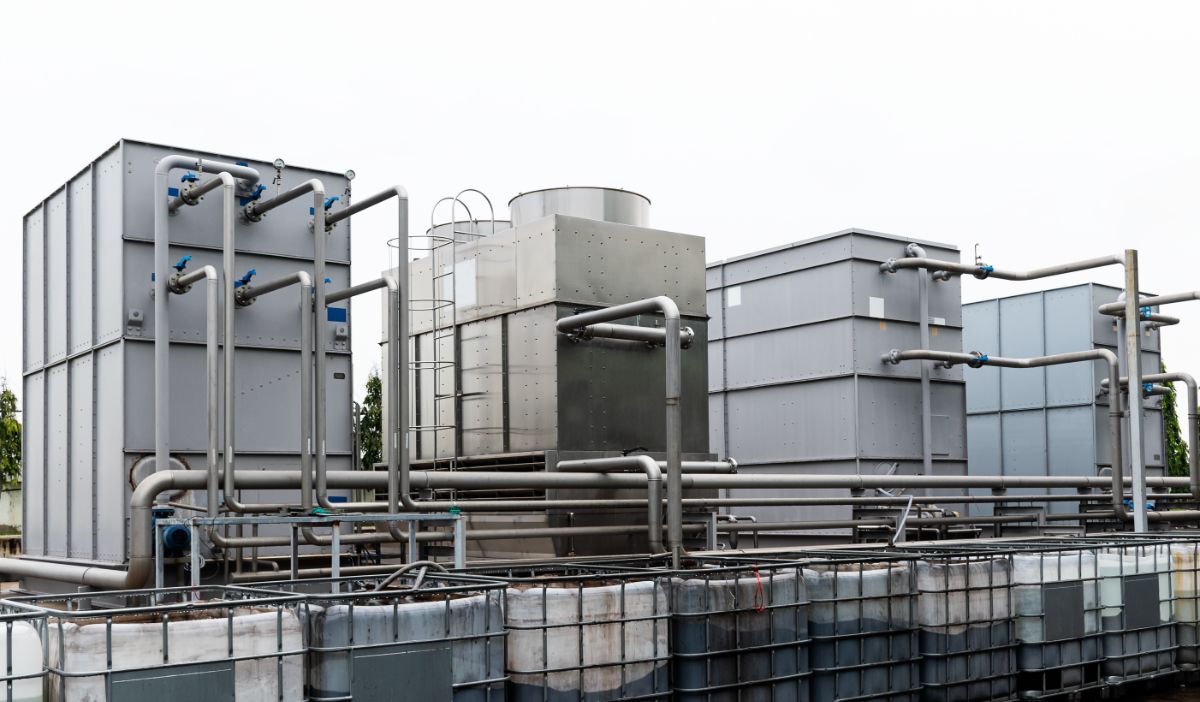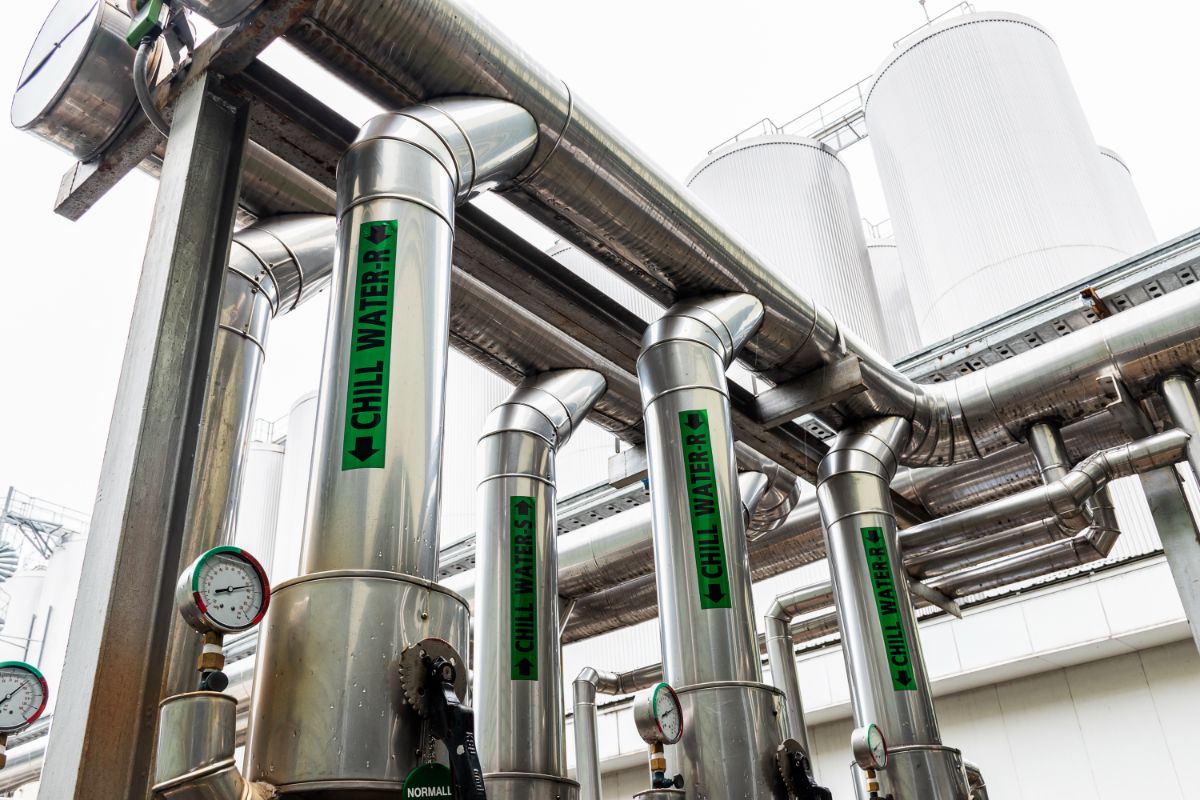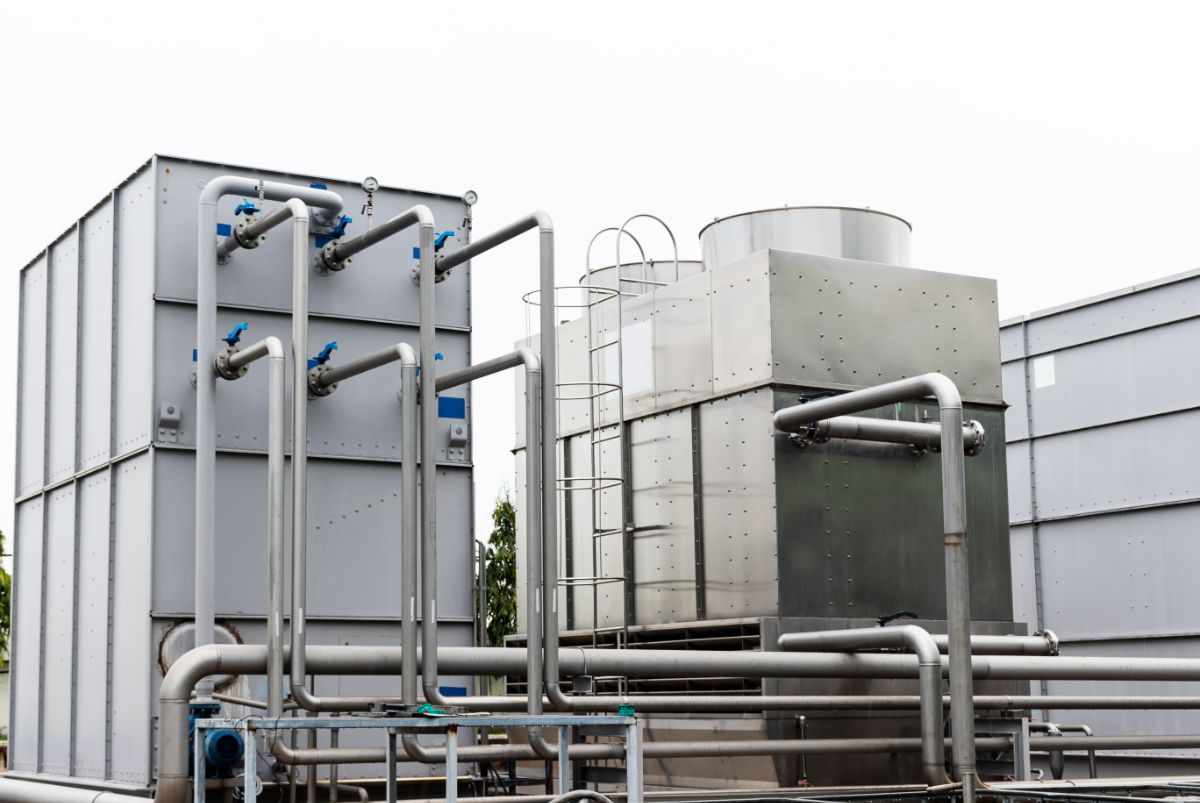
How to Maintain Your Chilling Tanks
What are some ways to maintain your chilling tanks?
- Conduct regular inspections
- Check for cracks or leaks
- Adjust the pH and temperature of your water
- Check the oil in the compressor
- Maintain water flow rate
Chilling tanks, also known as industrial chillers, chiller / cooler systems, or chilling systems, are essential in industrial settings for keeping products cool or maintaining their temperature. They’re essential to making sure that processes are done right and raw materials, like food, are kept from spoiling.
Because of that, it’s important to keep chilling tanks in the Philippines clean and in top condition. A broken chilling tank could mean disastrous results for your products and production line, so making sure it’s well-maintained is a must.
Here’s a brief rundown of how chilling tanks in the Philippines and all over the world are set up: the basic components include a compressor, condenser, expansion valve, and evaporator. These components work together to circulate a refrigerant that removes heat from the specific area, process, or material you want to cool down.
Now that we know that, let’s look at how to maintain your chilling tanks:
Conduct regular inspections
For any type of industrial machine or equipment, you should make sure to conduct your inspections consistently. The same can be said for chilling tanks.
The first thing you need to make sure of is that the tubing has no scale deposits or buildup. As we said earlier, the chiller’s function is to circulate fluid, which is of course done via a series of tubes. That means there can be miles’ worth of tubing in a chilling system. Over time, your tubing can corrode, and contaminants can build up inside, significantly reducing the effectiveness and efficiency of your chilling system.
One way to avoid this is by investing in high-quality pipes that don’t corrode or get damaged easily. And of course, once you’ve done that, you need to regularly check up on them and use good tube cleaners.
Check for cracks or leaks

Part of your inspections should involve checking for all kinds of damage, including bigger ones like pie cracks or leaks, in case anything needs to be repaired. Remember to handle pipes and tubes with the proper equipment, since the chemicals in refrigerants could be potentially dangerous to your health or irritating to your skin.
Adjust the pH and temperature of your water
Water pH and hardness dictate the functionality of your chiller. These factors determine how water will affect the equipment, since you can’t have a chilling tank without water, and you have to know the quality of the liquid in order to avoid costly equipment breakdowns. Your best bet is to use treated water specifically meant for chillers, to reduce corrosion and scale formation.
Check the oil in the compressor
Compressor oil is a good indicator of issues or problems in your system, because a spectrometric analysis of the oil can reveal much about the health of the overall system. When you conduct your inspection, use a spectrometer to evaluate a sample of the oil, or have an expert do the job.
Maintain water flow rate

It’s important to know at what speed water should be flowing through your pipes to ensure that the performance of your system is at its peak. Your industrial chillers have recommended gallons per minute per ton, so make sure to ask their manufacturer what that amount is, and stick to it to avoid undue damage.
How often should you conduct maintenance?
Different maintenance tasks should be done consistently, but that doesn’t mean they need to be done all the time. Here’s a concise list of things you should do or check daily, weekly, monthly, and annually:
- Daily: Check and record temperature and pressure readings, Observe for any abnormal noises, vibrations or smells
- Weekly: Inspect your machinery for cracks or leakages, Check the exteriors of the chilling tanks and pipes, Compare your daily logs with the system’s overall expected performance
- Monthly: Check for wear and tear, Clean the coils and condenser, Run a full load and ensure that motors are not overheating
- Yearly: Chemically wash condenser coils, Change oils, filters, and strainers, Check the pH and temperature of water, Inspect your system circuitry
Key Takeaway
Wondering how to maintain chilling tanks? Make sure to conduct regular inspections, check for leaks, maintain water flow, check the compressor oil, and adjust the temperature of the water. Maintenance is important not only to ensure that your chilling tanks are working properly but also to save up on costs. If you’re looking for a chilling tank to use in your warehouse or factory, you’ve come to the right place.
Supreme Pipe Corp. is the top manufacturer and supplier of chilling tanks in the Philippines. If you want to save up on equipment costs and the cost of repair, opt for a chilling tank made of superior materials and guaranteed to work in top condition. Inquire today here!


